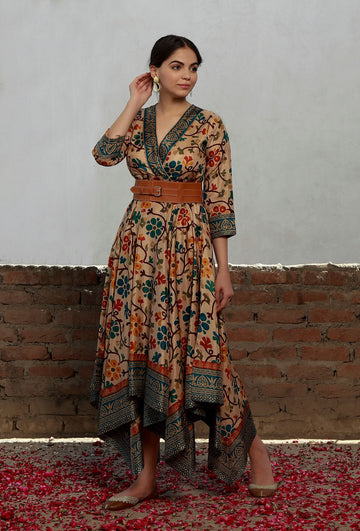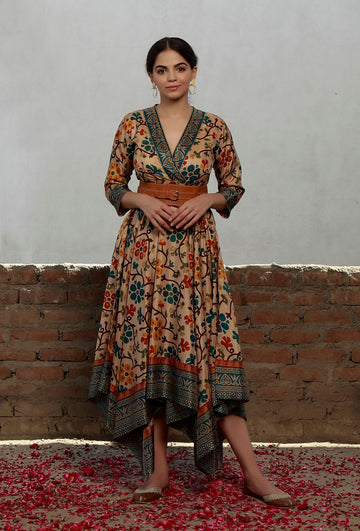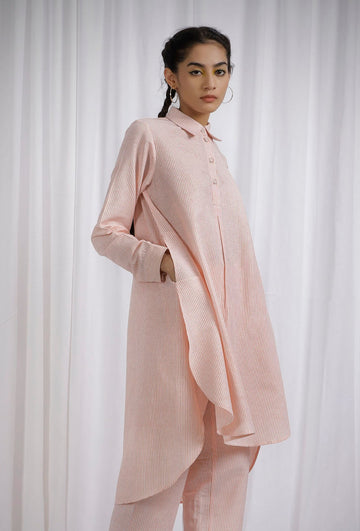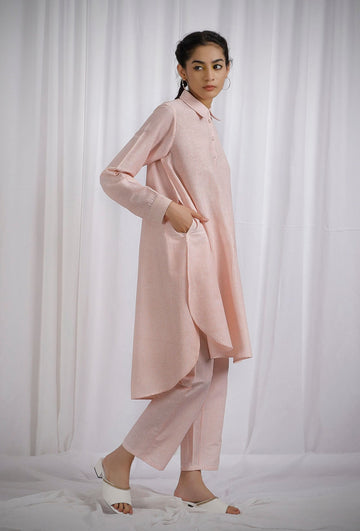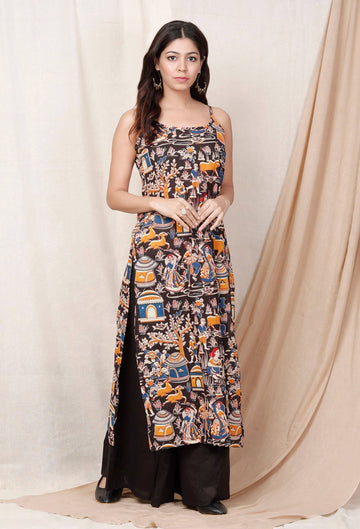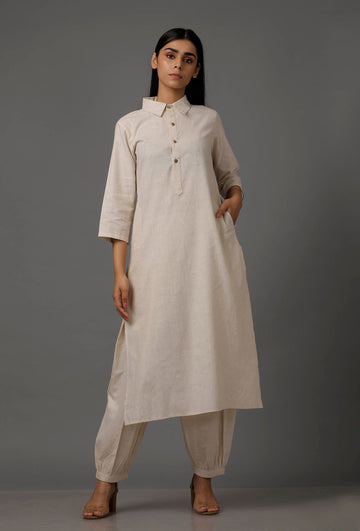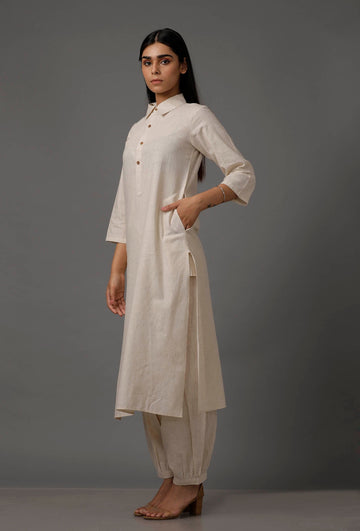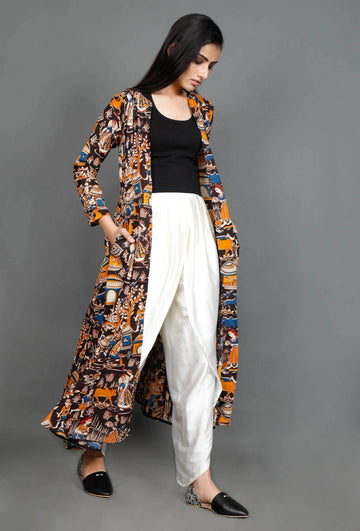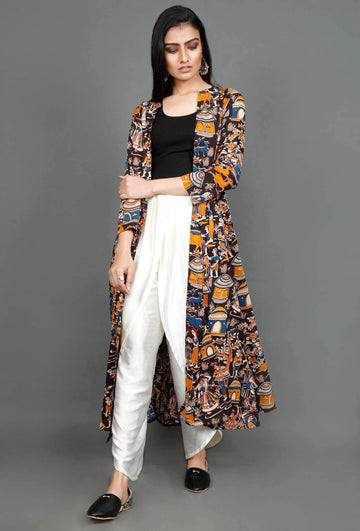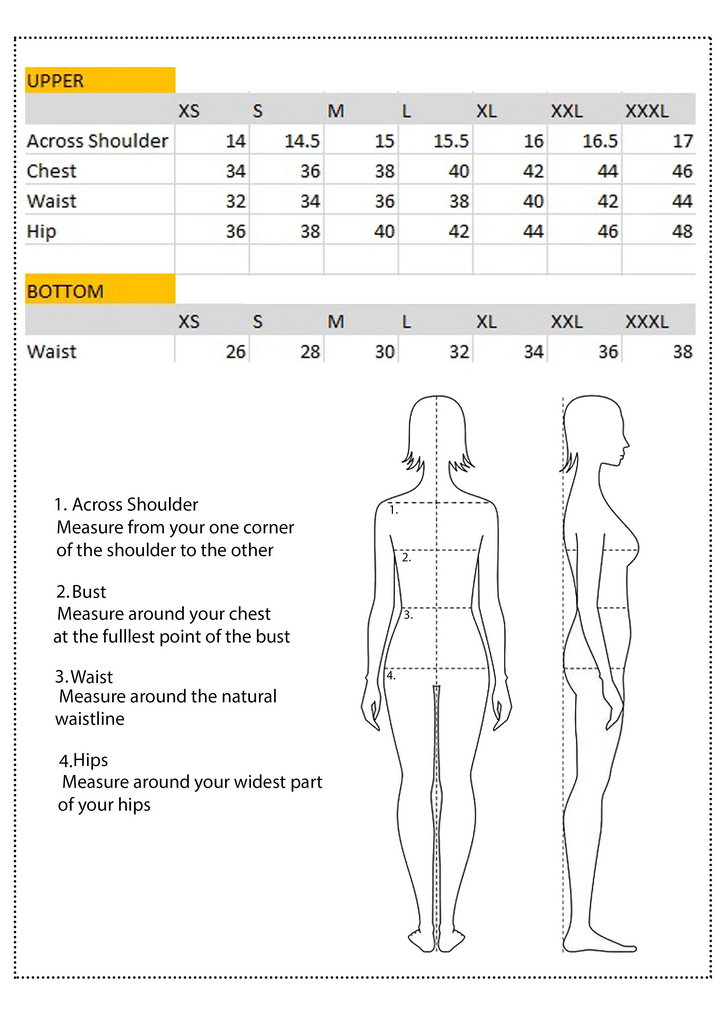Crafts of Tjori
Taking Indian art and craft global, Tjori has gradually become one of the most dependable and trusted brands for ethnic wear lovers. The company that solely believes in culture and history has thrived to create subtle and sustainable designs that make you stand out! The designers at Tjori have an eye for detailing and Indian craftsmanship with hand-picked fabrics from across the globe.
The ethnic beauties with stunning Kalamkari, Ajrakh, Bandhani prints to name a few, will give your wardrobe a fresh revamp to ace your fashion game. These gorgeous outfits will be a noteworthy addition to your fashion wardrobe.
The art forms are made with a keen eye with the help of remote artisans who are extremely talented and are doing this artwork for ages. Tjori brings a plethora of designs with handcrafted finesse.
Kalamkari from Andhra Pradesh
A type of block- or hand-painted material workmanship, kalamkari dates back to the Indus Valley Civilization. With a 3,000-year history, Kalamkari is thought to have emerged during the Mughal era and has managed to maintain its elegance to this day.
The term "kalamkari" refers to an old kind of hand painting that uses natural dyes and a tamarind pen. Kalam means pen in the literal sense of the term, and kari denotes craftsmanship; both words are derived from a Persian word. Flowers, peacocks, paisleys, and deities from the Ramayana and Mahabharata are among the motifs shown in this ancient art form known as Kalamkari. The art of storytelling is where Kalamkari originated. In earlier times, people would travel between villages and tell tales; some would even illustrate them on canvases.


Ajrak from Bhuj & Barmer
Ajrakh is a type of block printing. One of the main colours utilised in this textile art is blue. The pattern is often a jaal or a web-like pattern with a backdrop colour of deep red. It is a double-sided print with identical motifs on both sides. The word "Ajrakh" comes from the Hindi phrase "Aaj Rakh," which means "leave it today." This name may allude to the patience needed to carry out this intricate and minutely detailed operation.
Ajrak, a textile craft that the Khatri Community holds in high regard, arrived in India in the 16th century by travelling from the Sindh province to Kutch, Gujarat. Their brave tales of carrying on to preserve the tradition of this textile skill even after the devastating Bhuj Earthquake in 2001, with artists dispersed over Dhamadka Village & Ajrakhpur to this day, are undoubtedly inspiring and notable.


Ikat from Pochampally, Baghalpur & Sambalpur
Ikat is a textile craft that has been the focus of the fashion and home décor industries for millennia. Each yarn is drenched in the sweat and labour of traditional weavers. Ikat is a textile craft in which the strands are first dyed and then woven, giving each weave a distinctive abstract feel. The blurriness in the motifs is caused by the artists' use of mathematical precision when they weave the dyed threads together to create the appropriate patterns.
The word Ikat means tie. Ikat is a dyeing method used to produce a fabric's pattern. Ikat is a yarn resistance technique where the yarn is tie-dyed, and a pattern is created on the surface of the fabric upon weaving. An Ikat garment can be identified by the distinctive fuzzy pattern on the fabric due to the resistant dyeing of the yarn before weaving.
There are three categories of Ikat – Single Ikat, Double Ikat and Combined Ikat.


Tjori has become one of the most looked-after brands when it comes to ethnic range, as the latest trends are offered with an accentuated touch to suit the needs of today’s fashionistas. From everyday basics to contemporary and fusion wear, the dresses are exquisitely crafted in silhouettes that are sure to accentuate one's figure.
